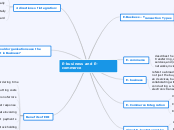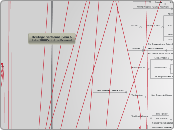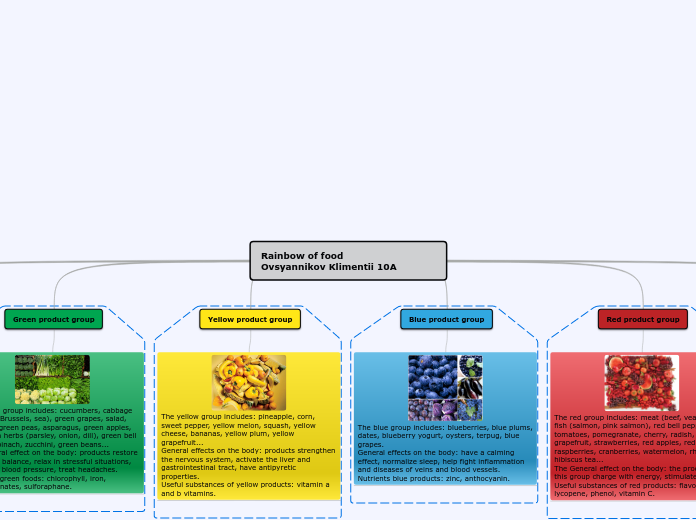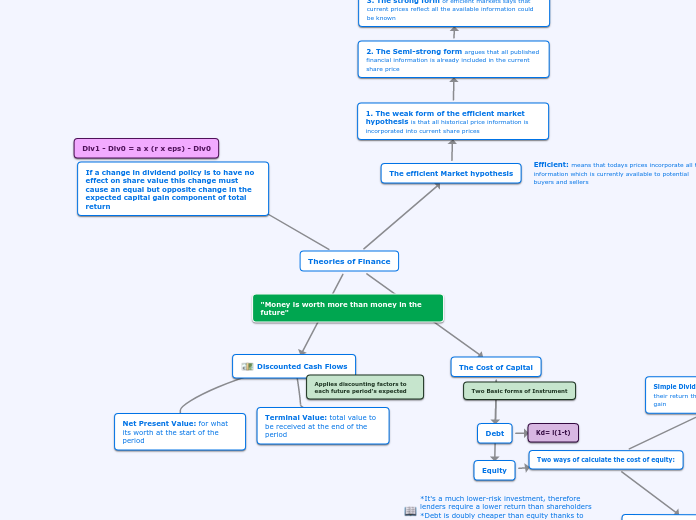pocket guide back packs
necessary and unnecessary features
unnecessary
Pockets: simplely there are many pockets that are not really used for any thing. cut them off. However it is wise to leave about 1 pocket to hold items that can get lost easily.
This pack is covered with unnessosary strap, pockets and buckles. Solution: scissors.
Whistles: built in whistles break and just arent loud enough. Cut them off along with straps, and other less useful features.
Compression starps. These straps only servere to compress the pack which is not nessosary
Pack covers: They can e an entire LB or two and some argue that a ponch, tarp or trash bag lining the inside of the pack accomplishes the same goal.
Loops: Ice axe loops at the bottom of your pack if you are iceclimbing can be handy, however if you are not they are only extra weight.
Desired
Minnimalism
one large compartment
effective support straps
Subtopic
Specific to activity
This pack in desired because it is simple light and minimalist. However if activities called for other features those features would be desired.
necessary
The pack needs to be the right size for what you are doing, I.E. large pack for large trip, small pack for small trip.
Shoulder starps make sure your shoulder straps work and carry the loud efficiently.
waist belt: this belt is necessary and holds most of the weight in the pack.
Day packs
Day hike requirements
guiding
pack should be large enough to to carry 4 essentials even for day hike and carry person items.
guiding requirements: 4 essentials + personal water,food, layers
personal
minimal
if you are hiking for a day packs can be as small as possible
Personal: Water, food, possible warmth layer
packing a pack
weight and balence
a good looking pack is an efficient pack. This means that a pack with no lumps or asymetrical sides is well packed and efficiently distributed.
Water resistance
Maximizing waterprotection minimize effort:
Packing items efficiently: First line ppack with shelter and or tarp, then pack sleeping pad in tube shape, then stuff sleeping bag into the tube and then other items ontop of the sleeping bags loft. other formulas for packing do work and can be more efficient depending on gear and personal prefferance.
line pack
create tube
Stuff within tube
Pack covers sometimes work but eventually soak through. Therefore, water protection within the pack can also help.
Stuffing
forget what you might have learned in the boy scouts. Compressing and rolling things especially sleepingbags is not efficient. instead it creates a large "rock" in your pack that throws off weight and shape.
it makes packing faster, the pack fit better, and iseasier on gear.









